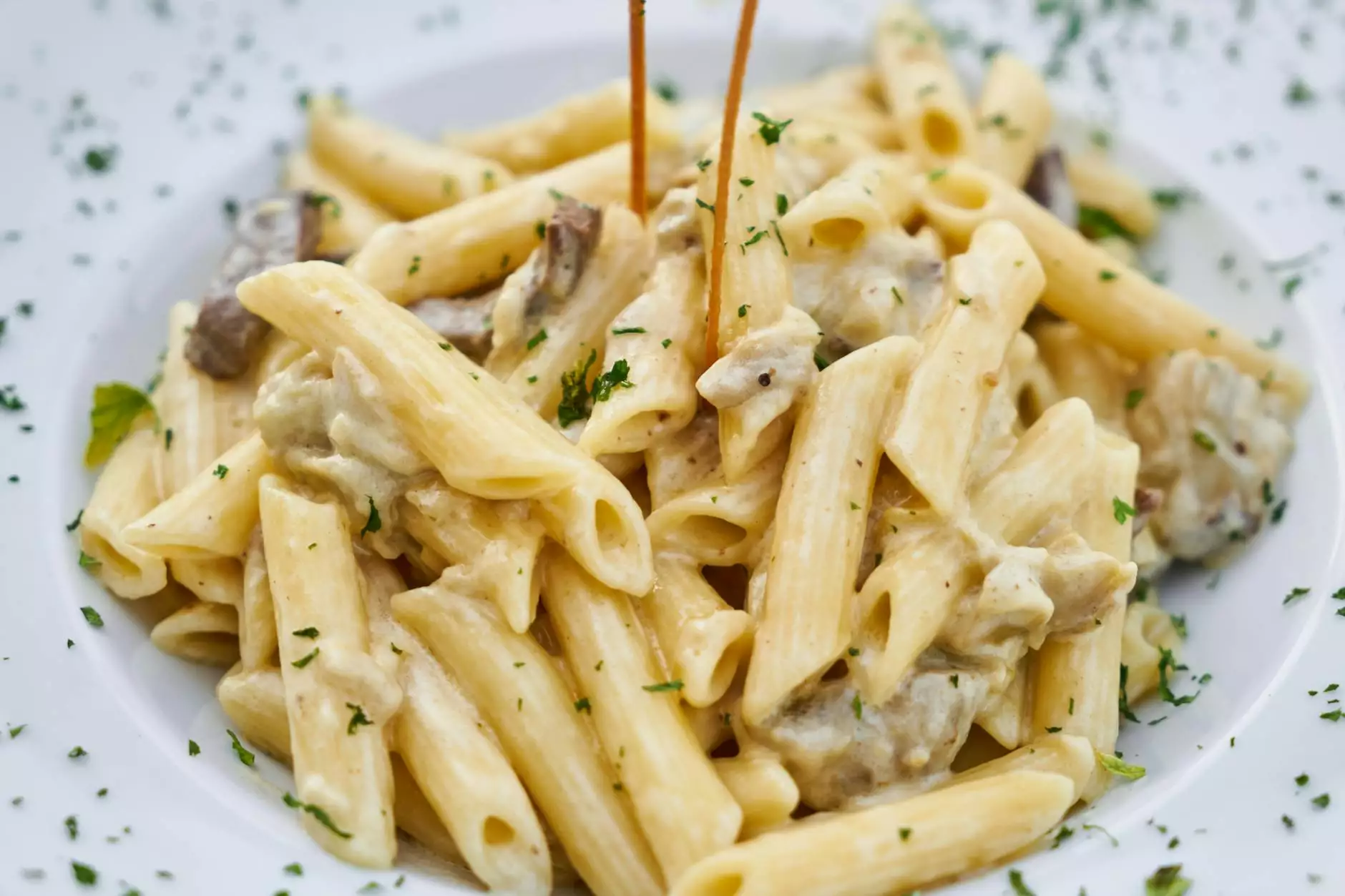A Brief History of Pasta
Blog
Welcome to NJCLT's comprehensive guide on the intriguing history of pasta. In this article, we will take you on a journey through time, exploring the origins, evolution, and cultural significance of this beloved culinary delight.
The Origins of Pasta
Contrary to popular belief, pasta did not originate in Italy. The complex story of pasta begins in ancient China, where noodles were first made using a combination of wheat and water. Gradually, pasta making techniques spread to other parts of Asia and eventually reached the shores of Europe.
The advent of pasta in Italy itself is characterized by a fascinating mix of myth and historical evidence. Some believe that Marco Polo introduced pasta to Italy upon returning from his journeys in the 13th century. However, archaeological findings and ancient writings strongly indicate that pasta existed in Italy long before Polo's travels.
The Evolution of Italian Pasta
Over time, Italian pasta evolved into the diverse array of shapes, sizes, and sauces we know today. Each region in Italy boasts its own unique pasta specialties, firmly rooted in local traditions and ingredients. From the long and thin spaghetti of Naples to the stuffed ravioli of Emilia-Romagna, the variety and versatility of Italian pasta is truly remarkable.
Important Pasta Terminology
Understanding the various types of pasta is crucial in appreciating its rich history. Let's explore a few important terms:
- Macaroni: A general term encompassing various types of hollow tubes, such as penne and rigatoni.
- Spaghetti: Long, thin cylinders of pasta that originated in Naples and are commonly served with tomato-based sauces.
- Tortellini: Small, ring-shaped pasta typically filled with meat, cheese, or vegetables.
- Linguine: Flat, thin pasta similar to spaghetti but wider in shape.
The Cultural Significance of Pasta
Pasta is not just a dish; it is a symbol of Italian culture and has become an integral part of cuisines worldwide. From the spaghetti bolognese enjoyed in American households to the carbonara relished in Roman trattorias, pasta has managed to transcend borders and unite people through its universal appeal.
Italian immigrants played a significant role in spreading the popularity of pasta across the globe. As they settled in new lands, they brought with them their love for traditional Italian recipes, including pasta dishes. Today, it is nearly impossible to find a corner of the world where pasta is not enjoyed in some form or another.
Pasta Making Techniques
The craftsmanship involved in making pasta is a true art form. Traditional methods involve mixing durum wheat semolina with water to create a dough, which is then rolled, shaped, and cut into the desired pasta format. Modern technology has introduced machinery to streamline the process, allowing for mass production while maintaining the quality and taste.
Innovation in Pasta
While pasta recipes have been passed down through generations, chefs and food artisans continue to push the boundaries of innovation. From alternative flours like whole wheat and gluten-free options to incorporating unique ingredients and flavors, pasta has embraced the evolving tastes and dietary preferences of today's world.
Health Benefits and Nutritional Value
Contrary to popular belief, pasta is a nutritious food that can be part of a balanced diet. It is a great source of carbohydrates, providing sustained energy, and is naturally low in fat. Additionally, whole wheat pasta options offer the added benefits of fiber and essential nutrients.
Conclusion
In conclusion, pasta boasts a captivating history that stretches back centuries. From its fascinating origins in Asia to its prominence as a staple of Italian cuisine, pasta continues to captivate taste buds and bring people together across cultures. NJCLT hopes this comprehensive guide has provided you with a deeper appreciation for the rich and diverse world of pasta.




